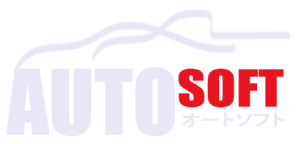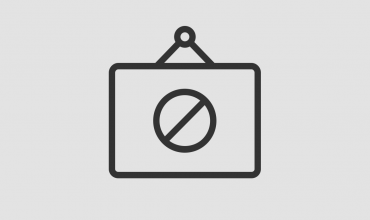How to Conduct a Board Self-Assessment
Board Self-Assessment Checklist
Board Self-Assessment is one of the essential leadership practices that top-performing boards of nonprofits employ to ensure that they have a long-term, effective governance. It requires the board to take a break from its day-to-day operations and review its effectiveness. This allows board members to discuss problems that could otherwise result in frustration and conflict.
There are a variety of ways to conduct a board self-assessment including interviews and surveys to facilitation-based discussions. The best method depends on the size of the board, the available resources, and the level of detail you want to take into the assessment.
Once you decide on the method, be sure you are clear about what you plan to accomplish through the evaluation. Do you wish to improve accountability, improve governance, or match governance with organizational objectives? Once you’ve decided, you can then choose an evaluation tool.
Certain tools allow you to analyze your results against other health systems or hospitals, while others are focused exclusively on the governance practices of your company. Whatever you choose it is essential that the tools are impartial and do not make any calls to individual directors. This will create a safe environment for honest feedback.
Many boards use a peer-review process, which asks directors to evaluate each one another. This can be an effective and beneficial exercise, but it’s essential that the process remains confidential. Some directors may be reluctant to criticize a director due to fear of consequences. In this situation it is usually better to let the facilitator go through the responses to determine what ideas are pertinent to be shared with the board.


